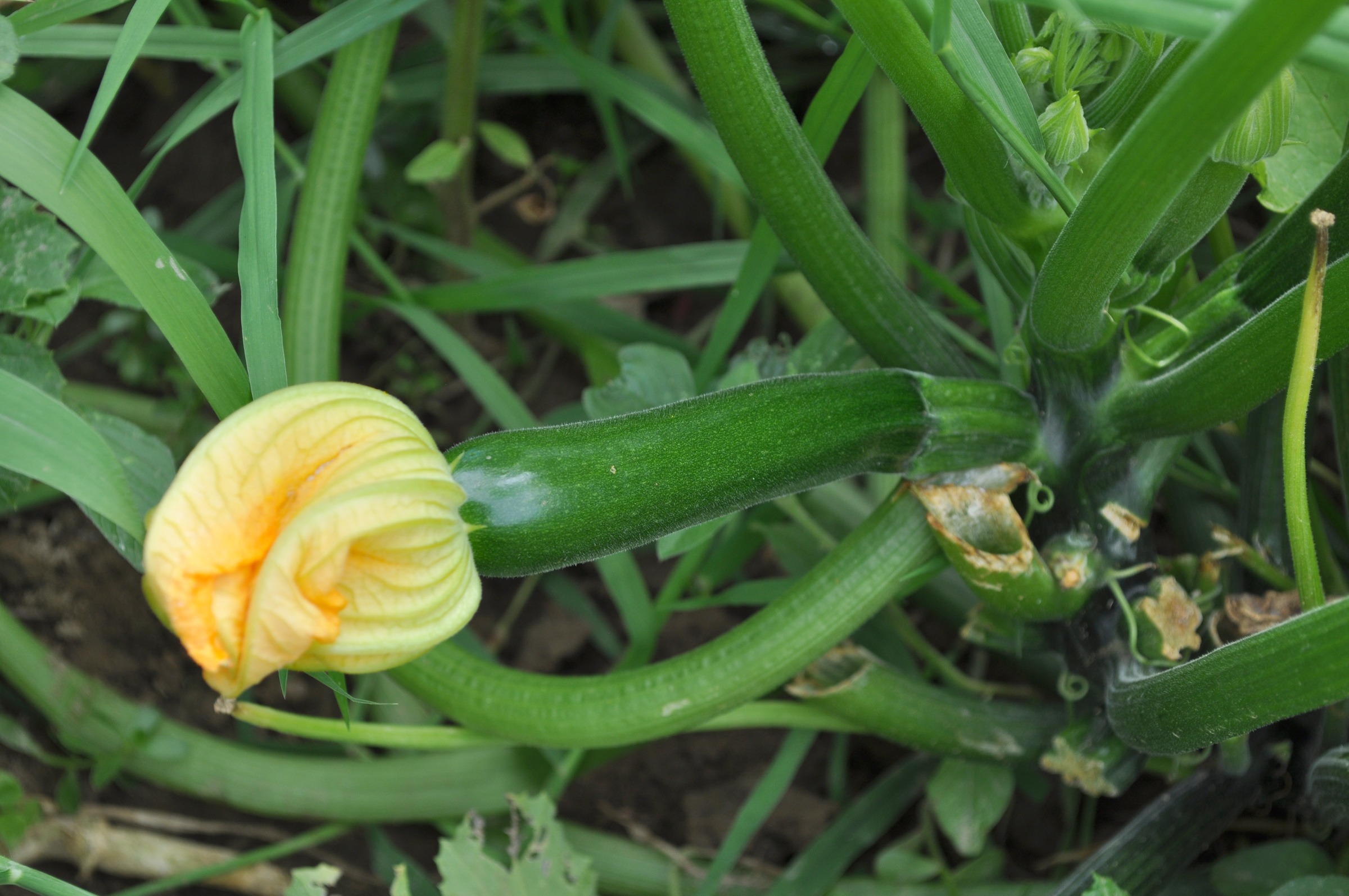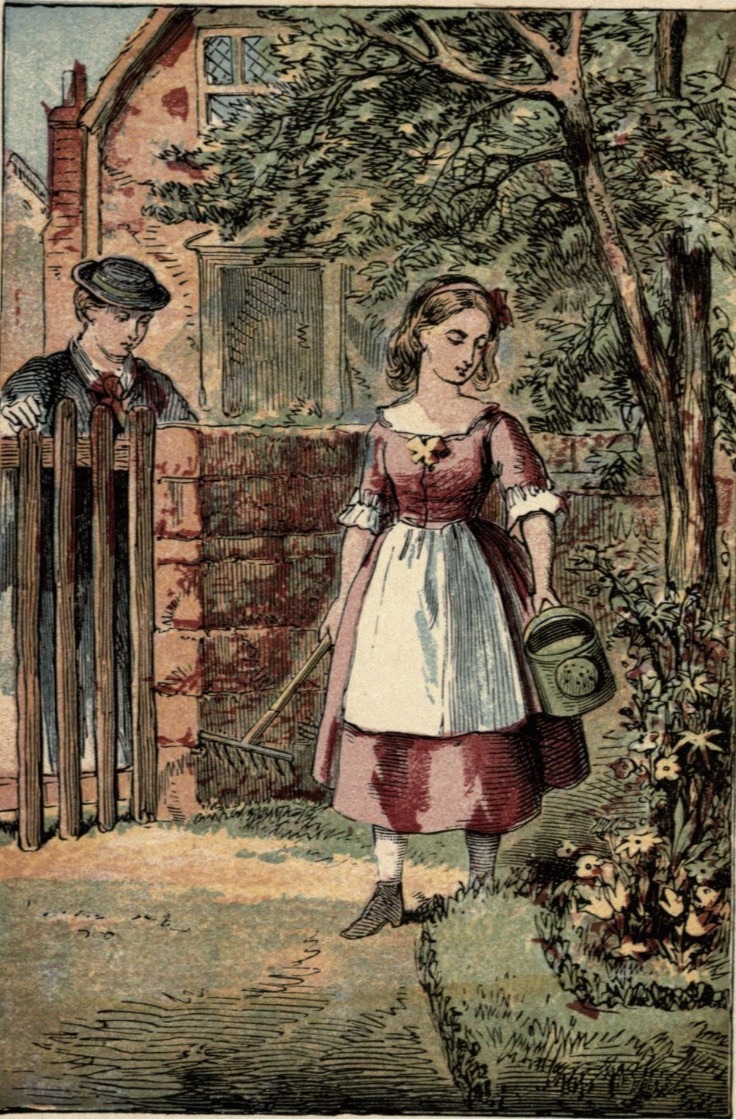WHAT’S UP WITH TOMATOES?
Hurry Up
I’ve been enjoying tasty nuggets of Sungold tomatoes for a few weeks, and hope very soon to finally settle back to enjoy an abundance of large, juicy, red or orange tomatoes, the varieties at their best sliced and sandwiched,along with congenial companions, between two slices of bread. Those large tomato fruits are late in ripening this year.
The problem, like lots of garden issues, can be blamed on the weather. Ideal temperatures for ripening tomatoes lie between 70 and 75 degrees F. When temperatures here shot above 85 degrees for days a few weeks ago, ripening and reddening stopped. Any fruits just starting to show color could actually have finished ripening more quicklly if they were brought indoors to more suitable temperatues. But with more equable temperatures outdoors now, I’ll just wait a little longer.
A Fungus, Actually Three, Among Us
Uh oh! Another problem is waiting in the winges. I now recall that towards the end of this month tomato plants often lose their vigor and fruit production slows. By September the plants might even peter out, well before temperatures dip anywhere near freezing. And I’m not alone with my tomato troubles. Last August a friend reported that her tomatoes were struck with verticillium — is this a catch-all term for tomato malaise?
A little investigation has uncovered two facts: first, the same few problems are responsible for tomatoes’ “running out of steam” in gardens almost everywhere around here; and second, it need not be so.
As it turns out, a major malady of tomatoes usually is not verticillium, but leaf-spot diseases caused by fungi. The symptoms are all too familiar: spots first appear on tomato leaves closest to the soil, and by mid to late summer the plants have lost a good part of their leaves. Staked tomato plants take on the appearance of trees, with bushy heads of young foliage capping bare stems. This leaf loss is serious, for less leaves means less tomatoes.
Three fungal diseases cause leaf-spots: early blight, septoria leaf spot and late blight. Don’t confuse any of these leaf spots with the pin-point leaf puctures of flea beetles. Early blight marks leaves with dark-brown, round spots a half-inch in diameter, each surrounded by concentric rings and yellowing leaf tissue.

Tomato early blight
Septoria spots are small and round, each surrounded by a single, dark margin and gray centers that become dotted with black spore-producing structures.

Tomato septoria
Late blight, a more serious disease of potatoes than tomatoes, causes greenish-black splotches that eventually can enlarge to cover half the leaf surface. In moist weather, there’s a downy growth on the undersides of leaves infected with late blight.

Tomato late blight
Put Spores in Their Place
Although individual names of any one of the leaf-spots are enough to conjure up fear of plague, gardeners can lump all three together when it comes to control.
The first line of defense against any of the leaf-spot diseases is to keep disease spores away from tomato plants. Spores spend the winter in old plant debris, then are awakened and splashed onto new tomato leaves by rain during the growing season. Late blight spores winter in infected potatoes left in the soil. Come spring, shoots growing from these potato pieces bring spores above the ground.
I take the spores out of the garden at the end of each season by composting old tomato and potato stems, leaves, and fruits, and potato tubers. Some gardeners burn or trash this debris, or dig it into the soil so that spores remain buried well below the surface of the soil.
During the growing season, mulch — such as the annual inch depth of compost each of my vegetable beds receive — keeps raindrops from splashing spores up onto plant leaves. Some gardeners keep a watchful eye out for and remove infected leaves during the growing season, or just remove lowest leaves early in the season.
Crop rotation each year moves tomato plants away from any spores left from the previous season’s crop. I plant tomatoes in a new location in the garden each year, never returning them to the same spot until four years have elapsed.
(There is an unavoidable source of late blight infection. With cool, moist weather — which favors late blight — and cooperating air currents, late blight spores can hitchhike North from infected fields in the South.)
More Good Husbandry
Besides putting distance between the spores and the plants, I do what I can to create an inhospitable environment for the fungi. Fungi thrive where the air is dank and leaves remain moist for long periods of time, so my tomatoes grow in full sunlight without weeds, fences, or other obstructions that would prevent breezes from drying tomato leaves following rain or morning dew.
I give each tomato plant adequate elbow room and stake the plants limits. Staking puts distance between the leaves and spores on the soil, and by exposing the plant to the air — hanging the leaves out to dry, you might say.
As a last resort, there are chemicals, such as copper sprays, to control leaf spots. Read the label on a vegetable garden fungicide and make sure it specifies use against leaf spots and blights of tomatoes.
There is a silver lining to our recent hot weather. Although it arrests ripening of tomatoes, it also slows development of tomato leaf spot diseases.
Note that I haven’t menntioned anything about preventing leafspots by growing one of the new hybrid tomato varieties. That’s because the majority new “disease-resistant hybrids” are resistant to verticillium, fusarium, and/or nematodes (designated by V, F, or N after the variety name), but not leafspots.
So I keep growing my old favorite varieties of tomatoes and rely on good husbandry — cleanliness, selection of a good site, crop rotation, and, in an emergency, sprays — to ensure a yearly prodigious “love apple” harvest until that first frost blackens the vines.




Your article says that hot weather arrests the ripening of the tomatoes and here in Upstate NY the temps have been in the 90’s. I always assumed the warmer the temps the better! Maybe that’s why I’m left wondering why I bother trying to grow them!
Most plants grow better with temperatures below about 90.
Your tomatoes are delayed in ripening, but temperatures have moderated so they should start ripening.
I greatly appreciate the wonderful information you providedon tomatoes challenges. Do you have any insight on leaves that curl dramatically inwards but remain bright green? Thank you in advance.
Ignore it. It generally means nothing bad.
Dear Mr Reich,
I love your book on growing figs in cold climate and have been very successful with my many different variety of figs. Do you still offer garden tours.? I really want to take that tour. please let me know. Thank you,
Prema
Hi Prema, just contact me if you want a 20-30 minute tour. Anything longer and I consider it a consultation, with my usual fee. If you’re interested, give me a call (# on this website) and we can come up with when.
Your tomato planting looks very similar to mine, i.e., bamboo stakes, plants pruned to just a couple main stems in a raised bed. I plant in a 3×8 raised bed in a single row in southeastern MA, usually just 5 plants in the row, but you seem to get many more plants in your raised beds. Can you share what your spacing between stakes is please? And yes, mine are slow to ripen here as well. TY
Spacing is 18-29 inches.